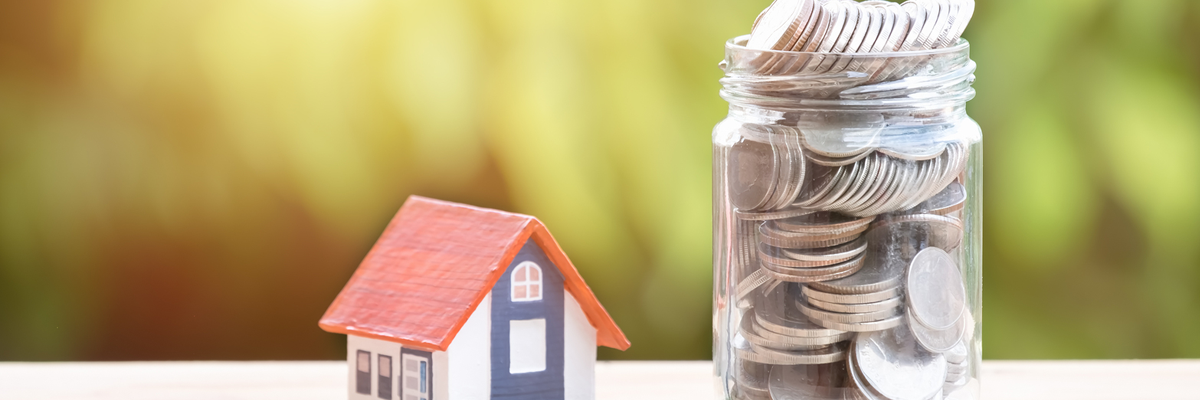Individual debtors can opt for either Chapter 7 or Chapter 13 of bankruptcy. According to Dallas based bankruptcy law firm Recovery Law Group, Chapter 13 bankruptcy offers people to prevent foreclosure and also catch up on the arrearage through the repayment plan. If you wish to keep your home during and after bankruptcy, consult with bankruptcy lawyers at 888-297-6023 to discuss your case.
Chapter 13 allows you to pay your debt entirely or some portion of it over a period of 3 to 5-years through a repayment plan. You can pay mortgage arrearage including interest while staying current on your mortgage payments to prevent foreclosure on the property. If your sole purpose of filing for bankruptcy is saving your home, there are other methods available. You can avoid foreclosure by negotiation with the lender and opting for “mortgage modification” programs of government.
You can get rid of 2nd and 3rd mortgages through Chapter 13 bankruptcy California. In case the 1st mortgage is secured by the entire value of the home (due to reduced property rate), there no longer exists any equity for any subsequent mortgages. In such a case, these mortgages can be “stripped off” and recategorized as unsecured debts by the court. Under Chapter 13, debts are paid in this order: secured debts, priority debts and unsecured debts, with unsecured debts, sometimes not paid at all.
Automatic stay
Filing for bankruptcy puts a temporary halt on all collection actions including foreclosure and repossession. This takes place through the automatic stay provision. Once the repayment plan (with provision for paying off mortgage arrearage) is approved and confirmed by the court, the lender is bound by the agreement and cannot foreclose on the property. as long as you continue making regular payments towards the loans as per your bankruptcy plan, the automatic stay prevents any foreclosure action.
In case, there is no provision to address mortgage arrears in your repayment plan, the lender can continue with foreclosure proceedings even after the court approval of your repayment plan. If you do not wish to keep your home as part of your bankruptcy, filing bankruptcy papers gives you some respite from foreclosure proceedings for several months. Moreover, bankruptcy judges provide debtors numerous chances to come up with a viable repayment plan. Since confirmation takes time, debtors get a long respite from foreclosure proceedings.
An exception to automatic stay exists if you had previously filed for bankruptcy petition within the past 2 years during which the automatic stay was lifted on request of the creditor seeking foreclosure. In such a scenario, filing for Chapter 13 bankruptcy will not be able to stop foreclosure proceedings.
Modifying mortgages
Some secured debts can be modified in case the value of the property has reduced over time and is less than the amount owed by the debtor. In this case, cramdown option is available, which reduces the debt of the secured property to the market value and converts the remaining amount due to a nonpriority unsecured debt. However, there are certain limitations:
• You cannot cramdown on your residence;
• Cramdown is available for –
– a mortgage in a multiunit building;
– personal property loan other than your residence;
– mobile home considered personal property;
– the loan is secured by multiple collaterals (residence & business asset)
Once the loan is crammed down, you need to pay off the entire amount through your Chapter 13 repayment plan. It can dramatically reduce your debts and make your repayment affordable, however, you should have the funds to pay the entire amount at the end of your plan.

